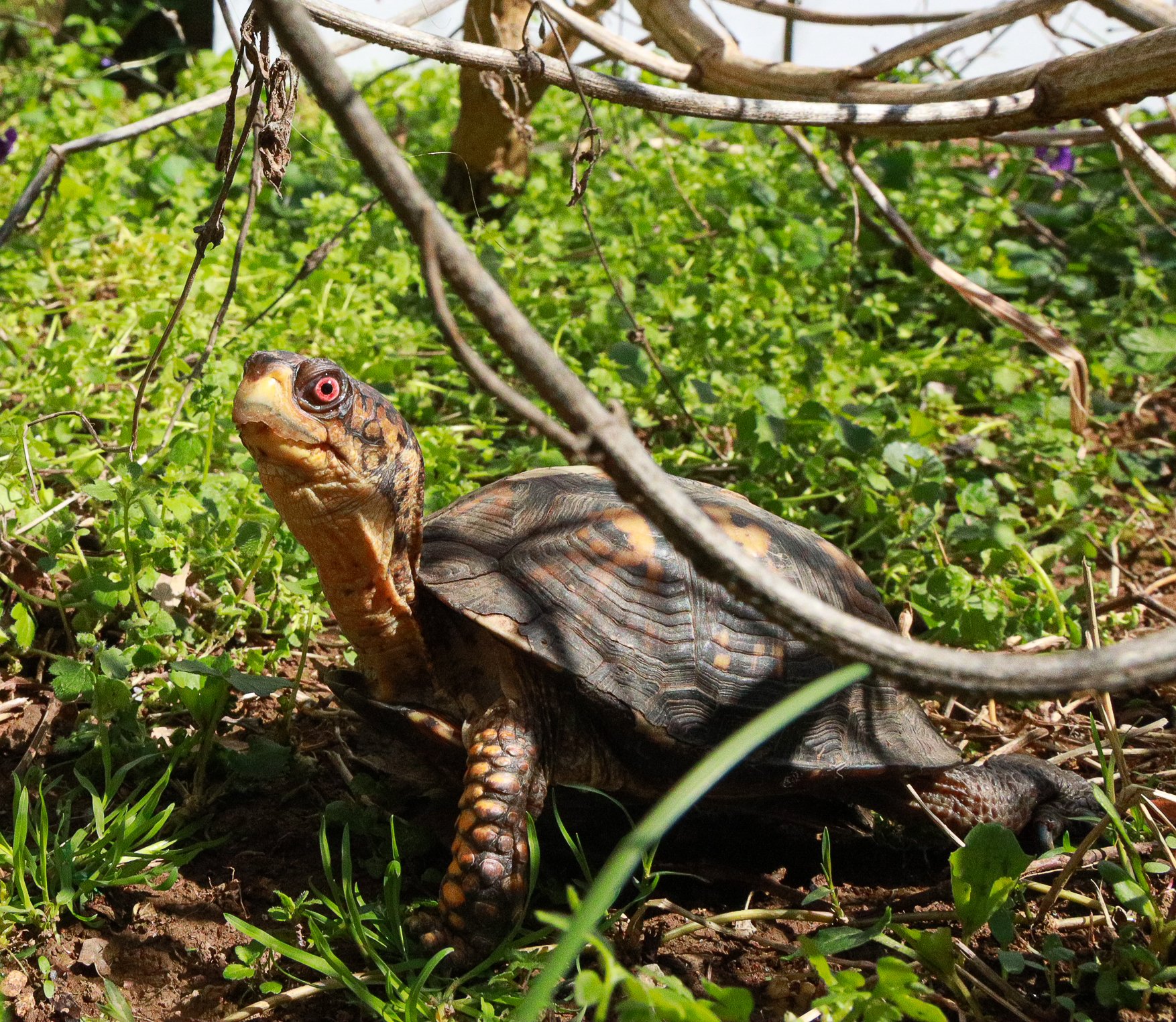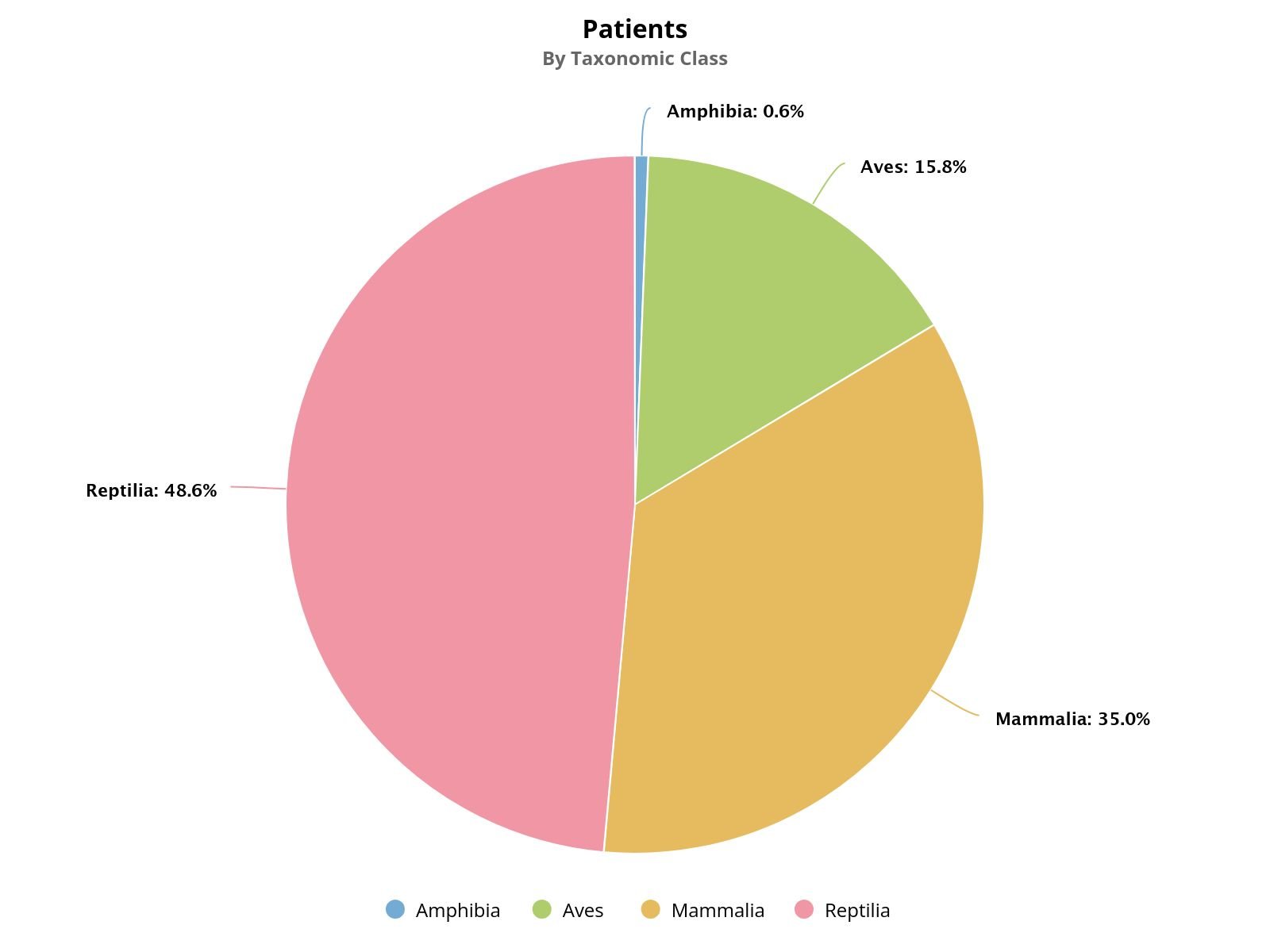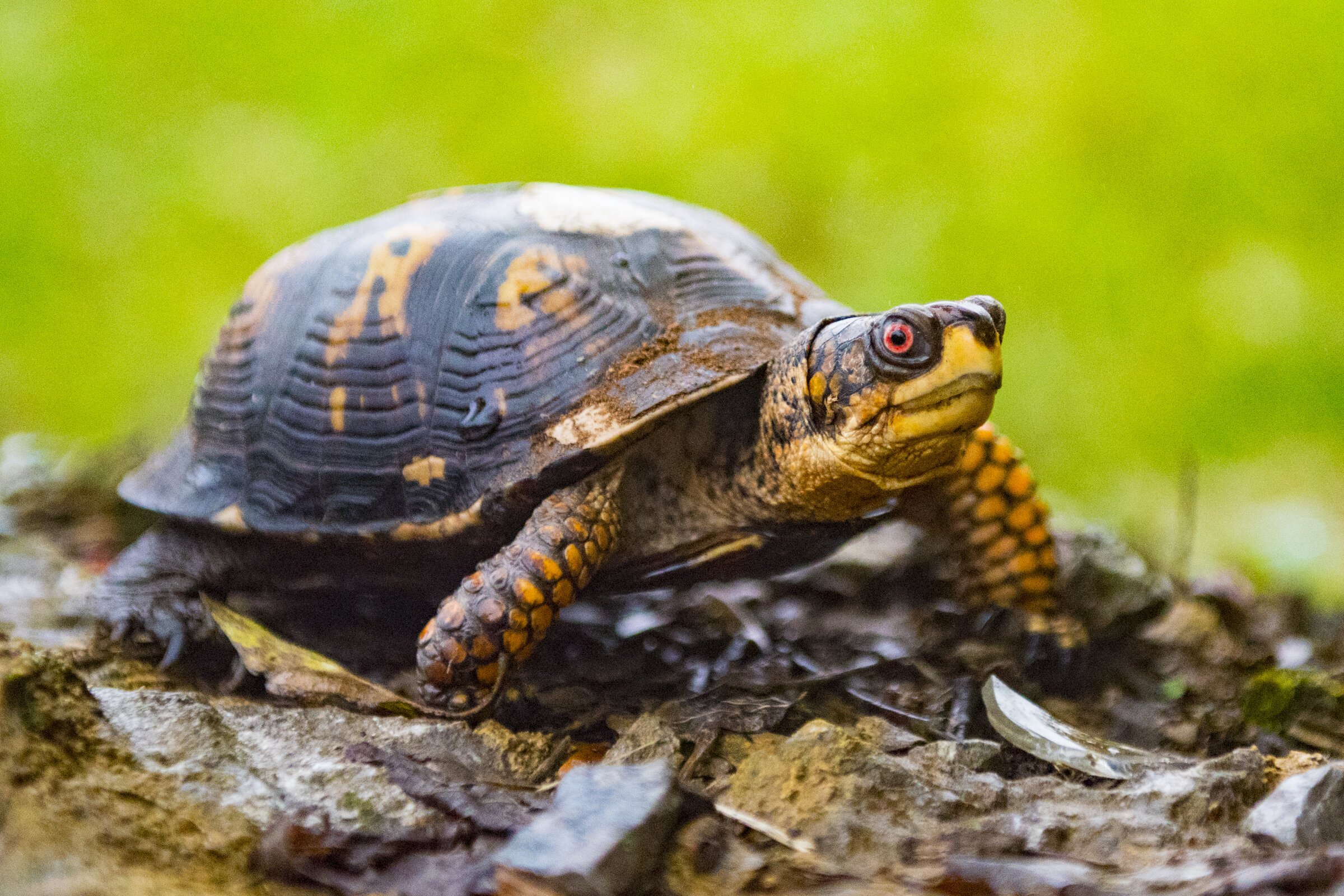
Let’s celebrate!
We have accomplished so much together.
We started in 2016 with a simple goal to connect children to nature through afterschool programming. This initiative quickly grew to include schools across Nashville, with support from the district. We later hired an Education Coordinator and expanded our outreach beyond school-age children to specifically reach parents, homeowners, Nashville tourists, teens and more through targeted programs. In total, we conducted 288 educational programs and reached an estimated 8,000+ participants.
In 2018, we opened our turtle hospital. This specialty service was in direct response to community needs. Too many Eastern box turtles (EBTs, our state reptile) were getting hit by lawnmowers, weed-whackers, or cars. We have successfully rehabilitated and released dozens of turtles — each of whom have the potential to live for decades more.
Our wildlife hospital expanded over the years. We became permitted to rehabilitate small mammals and songbirds. In 2023, we became a central partner in Nashville’s Urban Bird Treaty. Our social media pages are filled with ways to prevent bird window strikes, support spring and fall migration, and more. In total, we helped over 650 wildlife patients at our hospital and counseled more than 4,000 residents over the phone to help them navigate wildlife concerns.
We are proud to make scientifically-backed techniques a priority. We hired a Research Coordinator, earned funding from the National Wildlife Rehabilitators Association, and published our own research on EBT release strategies in 2023. We have also conducted research on opossum foraging behavior and laser therapy and have presented our work more than 30 times throughout the United States.
Our organization has grown to include more than 50 volunteers across our outreach, transport, and hospital teams. We have also trained 25 summer interns and mentored local college students as they complete independent research projects. Many of our trainees have gone on to careers in wildlife conservation. Our dedicated volunteers traveled over 2,000 miles to help rescue and transport Tennessee wildlife to certified rehabilitators.
While we are proud of our accomplishments, there is more work to be done.
All of us can continue conservation work through our local parks, nature centers, wildlife centers, and simple conversations with friends and family. Together, we can continue to make a difference for wildlife.
Below are a few resources to get you started.
Teaching Tools
Acknowledging the limits of time and resources available to teachers, we’ve provided some downloadable lesson plans below. By providing lesson plans to those already in the classroom, we can help spread the tools and techniques that make living with our wild neighbors easier. Click the buttons to download.
Wildlife rehabilitators and their teams must stay current on the latest animal care research. This helps us improve our protocols and techniques so that we can provide the best care possible for the injured wild animals that come into our care.
Learn more about research conducted by NWCC and the latest best practices by clicking the buttons below.
Research
Get involved locally
There are lots of organizations in Nashville working every day to support our local ecology. Start exploring through the buttons below.
Wildlife Information
Our specialty: Eastern Box Turtle
Known officially as the state reptile in three states, including Tennessee, the Eastern Box Turtle is one famous reptile! They can be found roughly throughout the eastern third of the United States walking through various terrain. These animals are often mistaken for an aquatic turtle, but these turtles are not swimmers. One interesting feature of their shell is the ability to close it completely – hence the name “box.” Most turtles are unable to close their shell completely, but thanks to a hinge-like shell part on its plastron (bottom shell), the Eastern Box Turtle is able to completely block out unwanted visitors!
These turtles are found in Nashville backyards, in the parks, and crossing roads! They maintain a very small range for decades. The best thing to do if you see them is to leave them alone. However, if they’re crossing a road, you can help them along in the direction they were already going. This is key, because if you put them on the opposite side, they’ll just start crossing that dangerous road again! Look before you mow as lawnmower/weed whacker injuries are a top cause of mortality. If you spot them in your yard, put a laundry basket over them to keep them contained while you mow; just make sure to retrieve the basket once you’re done mowing!
Click to find more about Tennessee native wildlife below:






